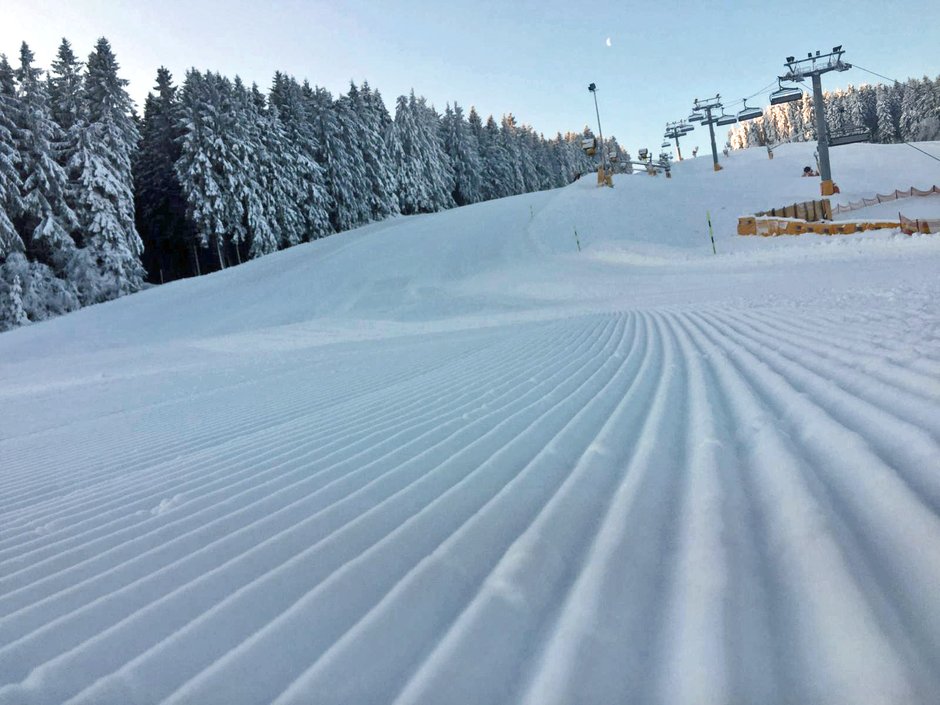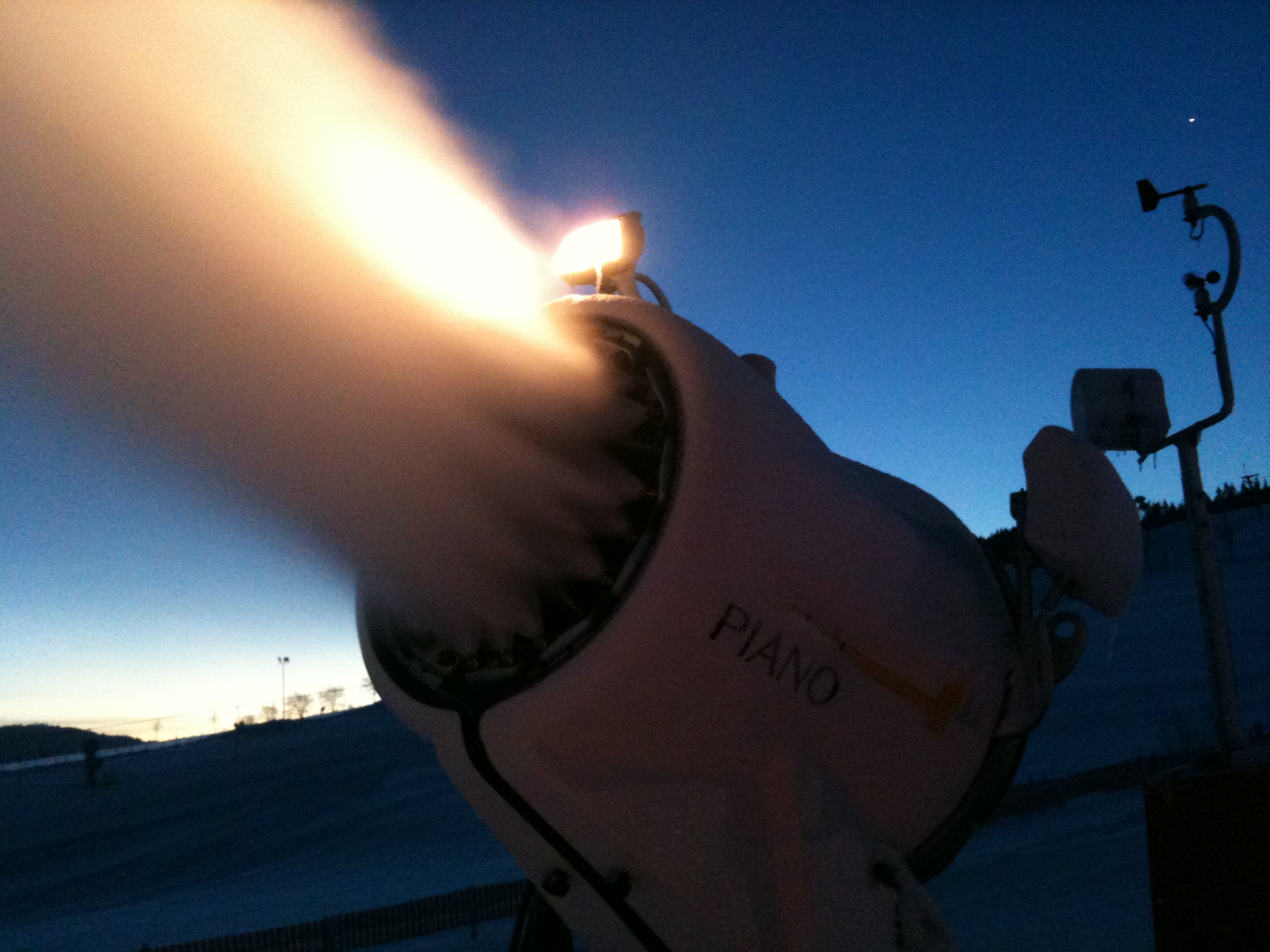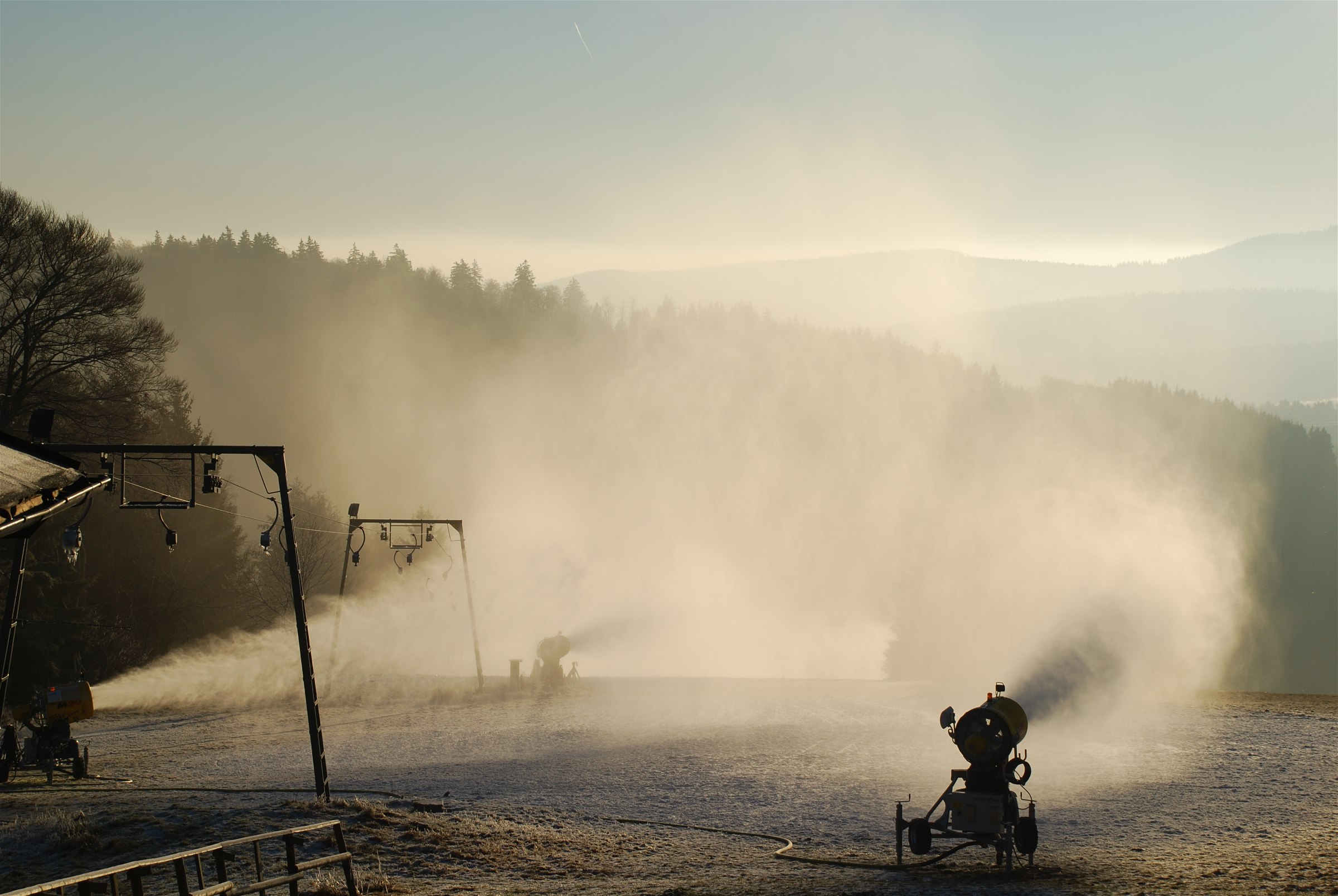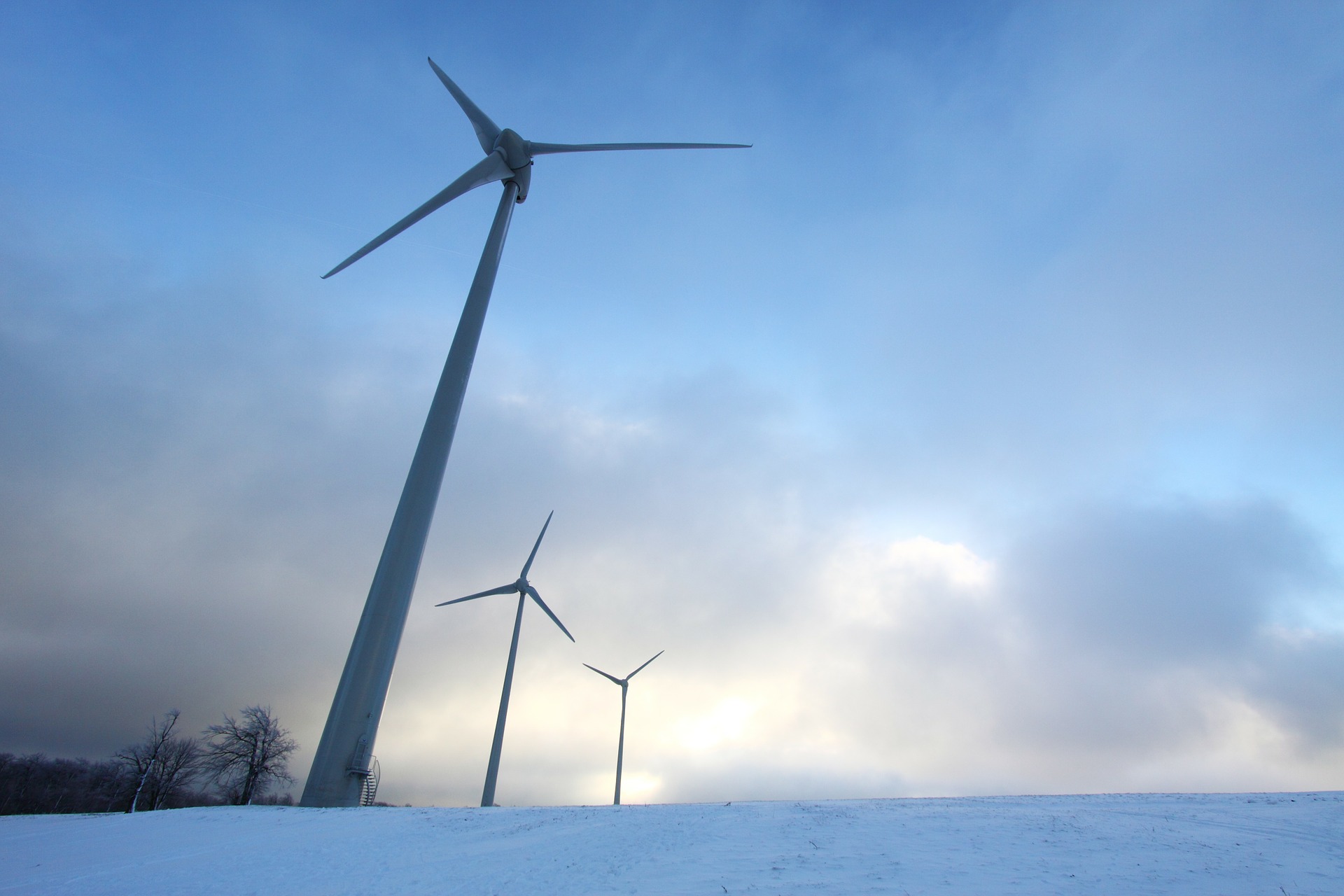
Why produce snow ?
Guests want high quality
Not only in the low mountain ranges, but also in alpine regions, almost all ski resorts rely on technical snowmaking - worldwide. The reason for this is, among other things, the guests' increased demands on winter sports conditions. Today, hardly anyone would be willing to ski on ten or 15 centimeters of snow, as was the case twenty years ago. A thick layer of technically produced snow increases the quality of the slopes quite seriously.
In addition, winter sports should be plannable - for everyone involved. Guests want to book their vacation in advance and not wait for the right weather. The hotels around the ski resorts can only offer high standards if they know they can count on occupied beds. However, this is only possible if there is a high probability of skiing in the winter. The ski resorts can only invest in their state-of-the-art, comfortable lifts if they come up with a corresponding number of ski days - preferably at a stretch and without interruption. None of this would be possible without snowmaking.

Weather fluctuations as the basis for snowmaking
Weather is usually subject to large fluctuations in the low mountain range. However, what tends to have a negative impact on a permanent natural snow situation is the principle of technical snowmaking. Two to three cold days or three to four cold nights are already sufficient to create a snow base that can last for many weeks. Thus, even in mild winters, a good snow layer can ensure many days of operation.
Technical snowmaking has significantly extended the duration of the season. In the 1990s, operating days were only 40 to 50 per winter, even at the highest elevations in the region. Since the early 2000s, snow reliability has increased significantly due to technical snowmaking. In the meantime, high-altitude ski resorts achieve 90 to over 100 operating days per season.



